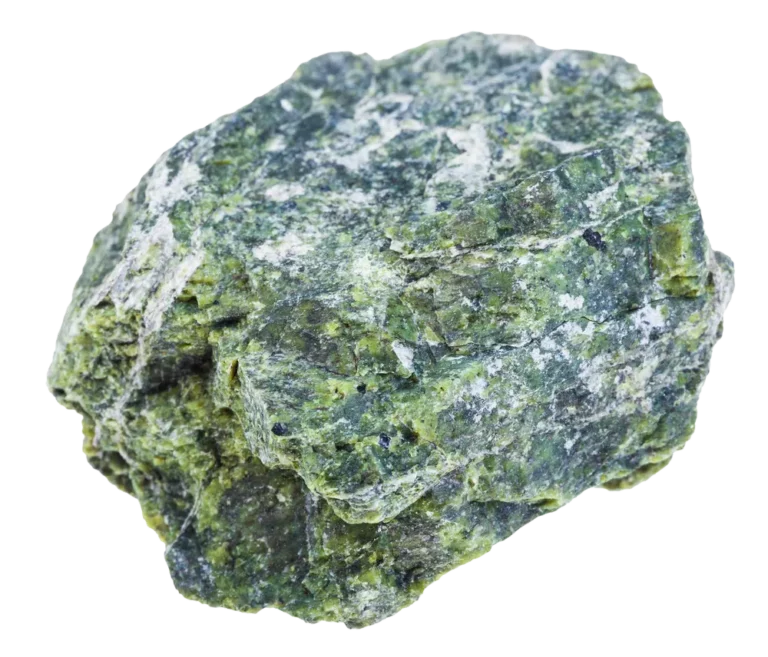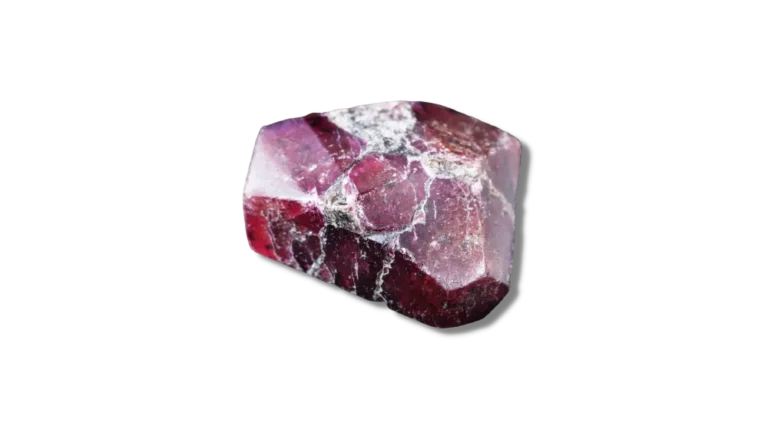Quartzite Stone: Properties, Benefits & Meanings
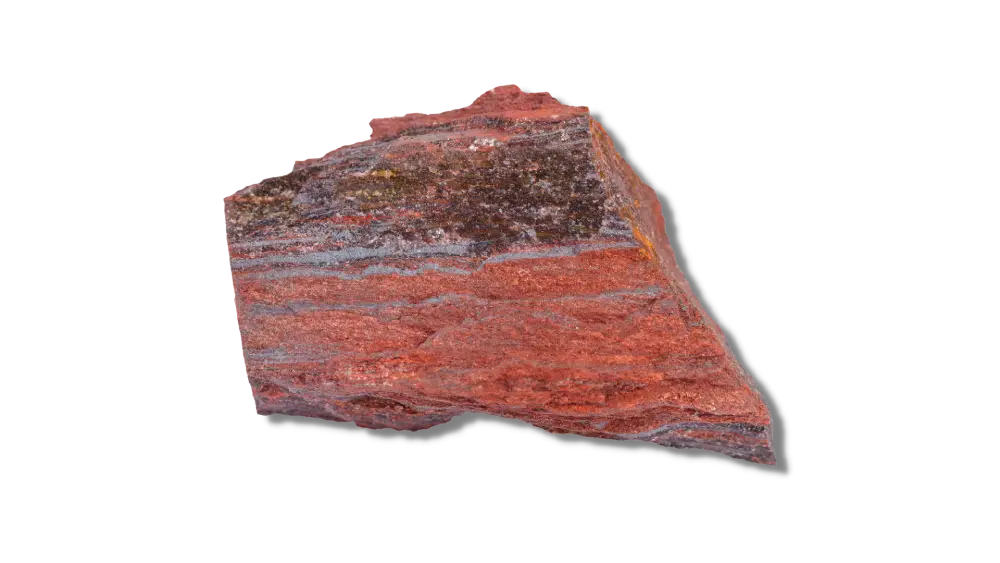
Quartzite Stone Overview
Quartzite stone is a hard rock that forms from the metamorphosis of sandstone. It is made up of quartz, which is a form of silica that can be found in the Earth’s crust.
Its name comes from the Latin word “quartz,” meaning “crystal.” This stone comprises quartz crystals that have been compressed into a solid mass over time.
Quartzite stone has a distinctive crystalline structure and has been used for centuries as a building and jewelry-making material.
It is also known as the “Stone of Power.” If you’re looking for an energetic boost, this is the perfect stone for you. Quartzite can help you feel more confident and assertive in all aspects of your life, including relationships with others!
What is Quartzite Stone?
Quartzite stone is a metamorphic rock that started as sedimentary rock. As it formed, it was compacted and heated under intense pressure, causing it to change into a hard, durable stone with a variety of colors. This is called metamorphism.
Quartzite stone is primarily made up of quartz and other minerals, like chlorite and mica. Consequently, it has many properties that make it ideal for building applications. For example, it does not break down easily or crack at high temperatures; unlike most other stones used in construction projects (such as marble), you won’t have to worry about your new countertops becoming damaged over time due to weathering or wear-and-tear on your property.
Also—and perhaps the best part—Quartzite doesn’t need any special treatment before being installed: you can simply put it right where you want it!
Quartzite Appearance
Quartzite is a metamorphic rock that looks like a white or gray stone. The color and patterns of natural quartzite vary based on the location where it was formed, but most are characterized by their white or gray color and visible grains.
Quartzite stone is usually white or gray but can also appear black, brown, or red, depending on its composition. If you’ve seen this stone before (and we’re willing to bet you have), then you know how recognizable this material can be—it’s not something you’d easily forget!
Distinguishing features: natural Quartzite stone has an extremely tough surface when polished and will scratch glass if rubbed across it with enough force (like sandpaper). It also has a distinct look due to its crystal structure being visible under magnification, making it seem like thousands of tiny diamonds are scattered across its surface when viewed up close.
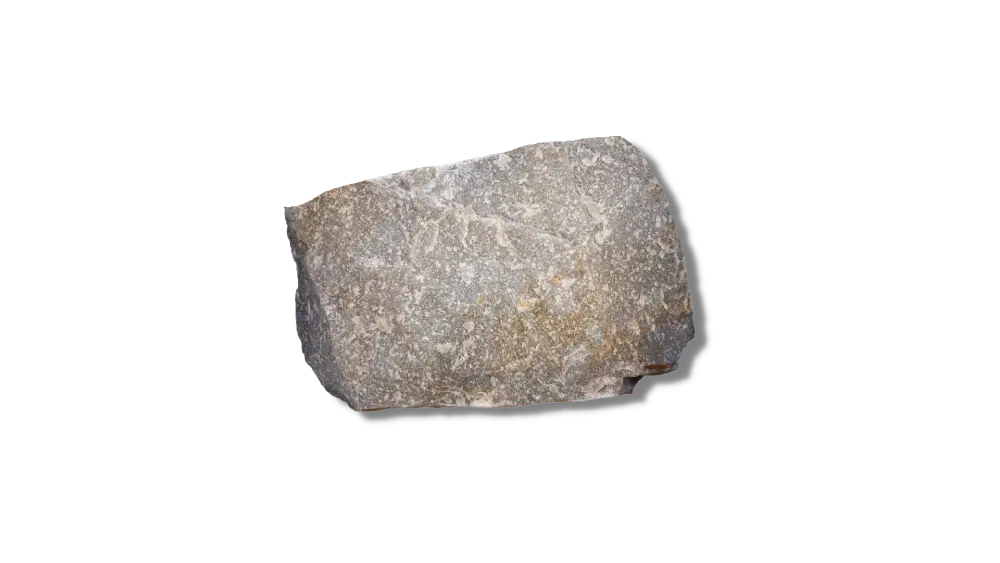
Where Does Quartzite Come From?
Quartzite is found in many places worldwide, but the richest deposits are located in South Dakota. Stone from this area is known to be exceptionally pure, so much so that it’s used as a standard for grading other types of quartz.
Other locations are:
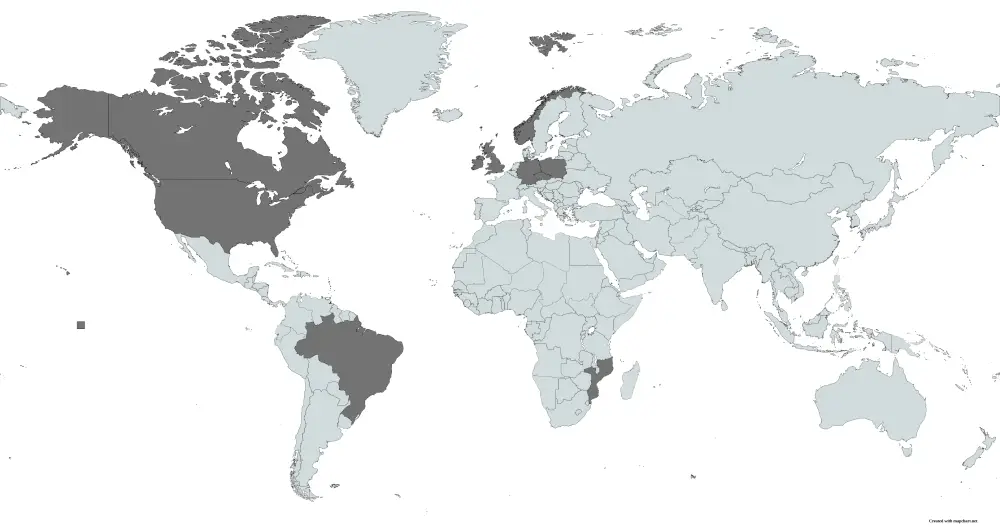
How Is Quartzite Formed?
Quartzite is a metamorphic rock. Metamorphic rocks are formed when heat and pressure change the structure of the original rock. Quartzite is a quartz-rich rock, which means it’s made up mostly of quartz (the main component of sand).
The quartz grains fuse under high pressures, which can occur when an area experiences tectonic activity or rapid temperature changes. When these conditions exist, layers of sedimentary rock get pushed together and heated up to create metamorphic rocks.
Quartzite vs Limestone
Quartzite and limestone are the two most common types of natural stone available for use in commercial and residential buildings. Here’s how they stack up:
Quartzite is a metamorphic rock that’s formed from sandstone. It has high density and durability, making it an ideal choice for countertops, flooring, and walls. It is more expensive than limestone but has a higher insulation value.
Limestone is a sedimentary rock that forms when sea life dies and sinks to the bottom of lakes or oceans. Limestone is softer than Quartzite but can be stained easily by liquids like coffee or tea. It’s more affordable but may not last as long if not properly sealed with resin. It is also more porous and won’t stand up well to exposure to weather conditions like rain or snow (which can turn into acid when they react with the limestone).
Types of Quartzite
Sea Pearl
Sea pearl is a type of Quartzite. It’s composed of a white to grayish-pink mineral called chalcedony and has a waxy luster.
It’s found in the Mediterranean Sea, with large deposits off the coast of Spain and in the Gulf of Mexico. It’s also found throughout parts of North America, including Arkansas and Maine.
It’s formed when calcium carbonate (which is the main ingredient in rocks like limestone) combines with other elements like iron and magnesium to create a crystal formation.
Soft Quartzite
Soft Quartzite, also known as Dolomite, is a sedimentary rock that is made of quartz and clay. The name “soft” refers to the fact that this type of rock is softer than other types of Quartzite and, therefore, easier to work with as a building material.
Soft Quartzite comes in a variety of colors, including shades of gray, brown, and yellow. It’s easy to work with, so you can create elaborate patterns or cut them into pieces to create custom shapes like pavers or stepping stones.
Uses of Quartzite
Kitchen
Quartzite and quartz are both popular countertop materials. However, Quartzite is more practical. Compared to quartz countertops, they are more versatile and durable.
The White Macaubas is a type of Quartzite stone that comes from Brazil and has been polished smooth on both sides, so it looks like marble but costs less than marble. It is also less porous than other types, making it more resistant to stains caused by food spills.
This makes it an affordable option for people who want to use Quartzite as a countertop or flooring. In addition, it is a durable stone, so it doesn’t need to be sealed and won’t absorb liquids and stains like other materials.
The most common use of Quartzite is in flooring, but it is also an excellent countertop material for restaurants or businesses. This material has been used for years because of its durability and flexibility—Quartzite won’t chip or scratch easily!
Taj Mahal
The Taj Mahal is one of the most iconic buildings in the world, and it’s made from an Indian Quartzite stone called Makrana marble.
This rock comes in large blocks and has been used to build many structures throughout India.
Makrana marble comes from a region in Rajasthan state in northwest India. This marble was shipped down rivers on rafts during the monsoon season (when the rivers are flooded).
Quartzite stone was used as an interior building material—especially as a decorative element on columns and arches throughout the structure. The use of Quartzite in this way was quite innovative at the time of its construction since most buildings were constructed with brick or stone as their primary materials.
The Taj Mahal was built by Emperor Shah Jahan as a memorial to his wife, Mumtaz Mahal. Construction began in 1632 CE, with thousands of laborers working on it over several decades until 1648 CE, when it was finally completed. It took 22 years just to finish building the tomb itself!
Jewelry
Quartzite stone is used in jewelry because it is durable and easy to work with. It can be dyed different colors, polished to glossiness, or left rough-hewn, and is often made into cabochons or beads.
Etching
Etching
For centuries, people have been etching Quartzite stone with tools like chisels, saws and diamond-tipped drills. These tools are made of metal or glass, and they can be used to carve designs into the surface of this stone in a wide range of styles.
When etching Quartzite, you’ll want to choose a tool that is compatible with the material so that it won’t damage the stone’s surface. For example, if you’re using a diamond-tipped drill bit, you’ll want to make sure that it’s not too small or too large for the job at hand.
Physical Properties
Quartzite stone is a form of quartz that has undergone chemical weathering. It forms from sandstone subjected to high temperatures and pressures, resulting in a rock with a crystalline structure and no visible grains. The crystals in Quartzite have a hexagonal pattern, which gives the rock its characteristic look.
The cross-bedding in Quartzite is created by the flow of current, which creates parallel lines in the sandstone.
Although Quartzite can be easily scratched by a knife blade, it will not break along natural planes as most other rocks do. It does not have any cleavage planes, so when you look down at it from above or below, you will see only smooth surfaces without any lines or cracks in them.
Quartzite stone often has an irregular fracture pattern because its grains are held together by varying amounts of cementation and/or bonding forces within individual crystals; this means that each piece may fracture differently from others (though they all tend to break along their parallel planes).
| Mineral Group | Quartz |
| Formula | SiO2 |
| Chemical name | Silicon dioxide |
| Color | White, Grey, Pink, Red, Brown |
| Hardness (Mohs scale) | 7 |
| Refractive Index | 1.458 |
| Fracture | Conchoidal to uneven, Granular in aggregates |
| Luster | Greasy to waxy. |
| Specific Gravity | 2.64 – 2.69 |
| Transparency | Opaque |
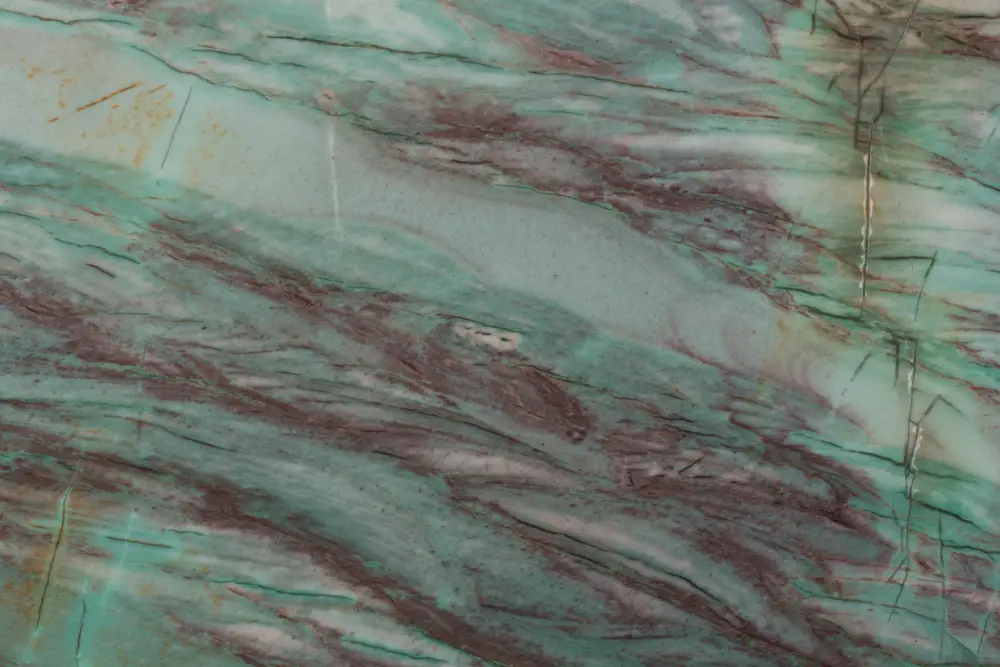
The Value of Quartzite Stone
While the value of Quartzite varies depending on the size and quality of the stone, typically, individual pieces are priced between $1-3 per pound (and, in some cases, as high as $5 per pound).
Therefore, when you purchase Quartzite to use in a project, make sure you buy enough to get at least double your money’s worth of material.
For example: if you need 20 square feet of countertop at 5-6″ thick, each piece will weigh about 200 pounds (160 lbs x 2 = 320 lbs), so plan on buying more than 40 lbs ($4 x 40 = $160).

How to tell if Quartzite is real
Quartzite is a very durable, natural stone that can be found in many colors. It is often mistaken for granite. Knowing the difference between the two stones is imperative, so you don’t make an expensive mistake!
The easiest way to tell if your countertop or tile is real or not is by using a scratch test. Rubbing your fingernail across the stone’s surface should leave no marks if it’s real. If it does leave a mark, there were some impurities during processing. These impurities can lead to discoloration over time.
Another way to check if your Quartzite stone is fake is by using either vinegar or lemon juice for an etch test.
Wipe a small amount of vinegar on the stone, then rinse with water and dry it with a clean towel. If there are any scratches or cracks in the stone, they should appear white on the surface. If they don’t show up white, then the stone is likely fake or dyed Quartzite.
What Are the Benefits of Using Quartzite?
Spiritual Benefits
Quartzite is a stone that helps you connect to the spiritual realm. It allows you to develop a relationship with your higher self and to connect to the divine. It can also allow you to understand yourself better and discover your purpose in this life.
Some people believe that wearing Quartzite jewelry can help bring good luck or protection from danger into your life by increasing your self-confidence (which makes you less likely to make mistakes) or helping protect against physical harm such as accidents or attacks by others (such as muggers or burglars).
Meditation
Quartzite is also an excellent stone for meditation. Quartzite will help you to quiet your mind and focus on your breath, allowing you to reach a deep meditative state.
When working with Quartzite, paying attention to your intuition is crucial. This stone will help you feel things intuitively; however, you may be overwhelmed by all the information coming from within at first, so it’s important not to force anything when working with Quartzite.

Chakra Connection
Quartzite is a stone that can help you achieve balance in your life. It will help you become more aware of the needs of others and create a strong connection between yourself, your thoughts, and your actions.
It’s associated with the root chakra, located at the base of your spine. Its name comes from “Rahu” (a mythical demon) because it was said to cause illness by its influence on people’s minds.
Quartzite stone helps us to be more grounded because it connects us to our bodies and allows us to feel comfortable within ourselves; this is why it works so well as an aid for meditation practice!
The Quartzite chakra connection is also with the third-eye chakra (6th). This chakra is associated with intuition, imagination, and vision. When it’s open, we can communicate effectively without depending on others’ ideas or opinions.
A closed third-eye chakra can lead to feelings of isolation or loneliness as well as difficulty trusting ourselves or others around us. Quartzite stone may be just what you need if you seek enlightenment or spiritual transformation!
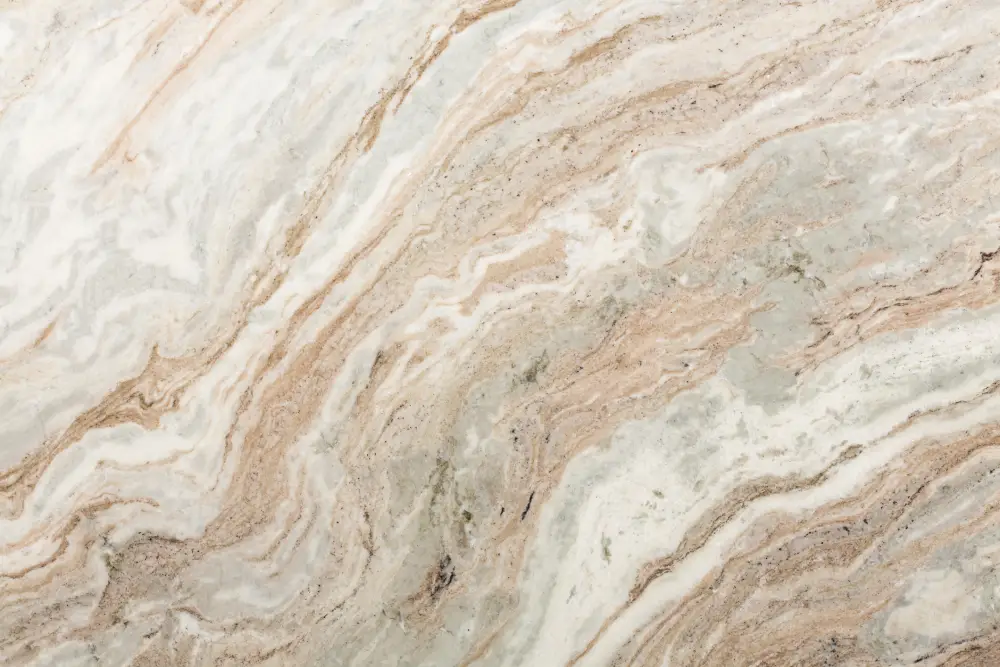
How to Clean Quartzite?
Countertops
Quartzite is a natural stone, and like all stones, it requires some degree of cleaning to keep its surface looking good.
Quartzite stone can be cleaned using vinegar and water, with mild detergent if necessary. A soft cloth or a damp sponge will work well for this purpose.
If you want to avoid scratches on your quartzite countertops while they’re new, consider buying something called “countertop protection film.” This is basically like clear plastic wrap that protects the surface while it’s being installed in your kitchen––and keeps it from getting scratched by sharp objects (like silverware) until the whole thing has been installed correctly.
Jewelry
Here are the best tips for keeping your quartzite jewelry clean:
1) Use soap and water. We recommend using mild dish soap and warm water to clean your quartzite jewelry. Make sure you rinse the soap thoroughly before putting the piece back on your body!
2) Use a soft cloth (like the inside of a t-shirt) and warm water to gently scrub off stains or dirt from your quartzite jewelry after wearing it for an extended period of time (like 24 hours). This should remove most marks from daily wear, but if not, go with step 1 above!
3) Don’t use harsh chemicals or abrasives on your quartzite jewelry! Chemicals like bleach or ammonia can damage the color of your jewelry over time—and abrasives like steel wool will scratch off some.
Quartzite is a very durable and resilient material that can withstand the test of time, but it does require a bit extra care and attention to keep it looking its best.
FAQs
Which Gemstones Go Best With Quartzite?
Quartzite goes well with many gemstones, especially those with similar colors like amethyst, zircon, topaz, and Citrine. You can also use Quartzite to add some sparkle to your jewelry collection!
What Is Quartzite Good For?
Quartzite is a tough, durable stone used in buildings and other structures for thousands of years. It’s also used as a decorative stone in home decor and jewelry.
What Are The Healing Properties Of Quartzite?
Quartzite has important healing properties—it’s been believed for thousands of years to aid arthritis pain relief. It is thought to help relieve the symptoms of arthritis by absorbing negative energy from your body and releasing positive energy back into it.
If you are interested in using Quartzite for healing purposes, start by placing it near where you sleep or where you spend most of your time alone. Then, after several weeks of having it present in these areas, take some time each day (10-15 minutes) sitting with it in your hands (or holding onto it) while focusing on what it means for you personally, spiritually/emotionally/physically, etc.
Is Quartzite Heat Treated?
Quartzite Is not Heat-Treated. Instead, It Is formed naturally over geological time periods and under certain conditions.
Is Quartzite Recrystallized?
Quartzite forms when quartz sandstone is exposed to intense heat and pressure.
The Quartzite recrystallization process takes place when the rock is heated at temperatures between 800 and 1,400 degrees Fahrenheit, causing the quartz grains of the mineral to grow in size. This change causes the rock to turn from fine-grained to coarse-grained sandstone, which is called Quartzite. This process is called metamorphism.



